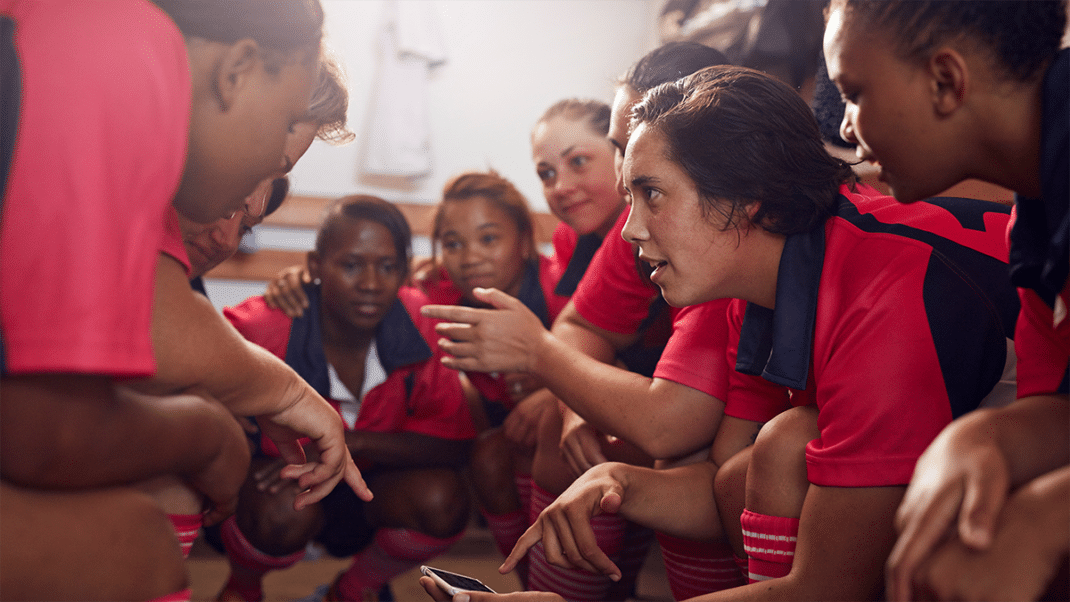Pelvic-Floor Dysfunction Not Just for Women
A study presented at the annual meeting of the North American Menopause Society in San Diego suggests that pelvic-floor muscle exercises can help women manage urinary incontinence. But is pelvic-floor dysfunction an issue that plagues only women? Not so, says Rich Colosi, PT, DPT, physical therapist and facility manager at the Accelerated Rehabilitation Center in Evanston, Illinois.
“Despite [its being] under-reported to medical professionals, some men have pelvic-floor dysfunction,” states Colosi. Even more alarming, he adds, is that the condition can present very early and is often unbeknownst to
the individual.
“The insidious nature of male pelvic-core neuromuscular deficits
is masked by gross compensatory strategies with a completely different physical presentation [than in women].” Typically, male pelvic-floor dysfunction can be initiated by lower-extremity external rotation, says Colosi. “A possible etiology of anterior hip impingement, labral compromise and athletic hernias may be rooted in a dysfunctional pelvic-core neuromuscular system.”
To help improve neuromuscular awareness and function, Colosi suggests, male clients should perform “triplane functional adductor stretching”:
- Stand with left leg on chair, externally rotated to 90 degrees, and right leg at 45 degrees. Pelvis
is square. - Move body in frontal plane, bending left knee in side-to-side motion.
- Repeat side-to-side sequence for 30 seconds, holding final repetition until stretch tolerance is met.
- Now move hips back and forth in sagittal plane for 30 seconds.
- Finally, move hips in circular motion in transverse plane (like using a Hula-Hoop).
“Once this task is accomplished, you have just taken your client through full triplane hip excursion, elongating the adductors and opening the more anterior portion of the pelvic-core neuromuscular system,” explains Colosi. “The triplane movement has not only provided optimal 3D loading and unloading but stimulated the PCNS and the proprioceptors.”
A study presented at the annual meeting of the North American Menopause Society in San Diego suggests that pelvic-floor muscle exercises can help women manage urinary incontinence. But is pelvic-floor dysfunction an issue that plagues only women? Not so, says Rich Colosi, PT, DPT, physical therapist and facility manager at the Accelerated Rehabilitation Center in Evanston, Illinois.
“Despite [its being] under-reported to medical professionals, some men have pelvic-floor dysfunction,” states Colosi. Even more alarming, he adds, is that the condition can present very early and is often unbeknownst to
the individual.
“The insidious nature of male pelvic-core neuromuscular deficits
is masked by gross compensatory strategies with a completely different physical presentation [than in women].” Typically, male pelvic-floor dysfunction can be initiated by lower-extremity external rotation, says Colosi. “A possible etiology of anterior hip impingeme
Ryan Halvorson
Ryan Halvorson is an award-winning writer and editor, and IDEA's director of event programming.






